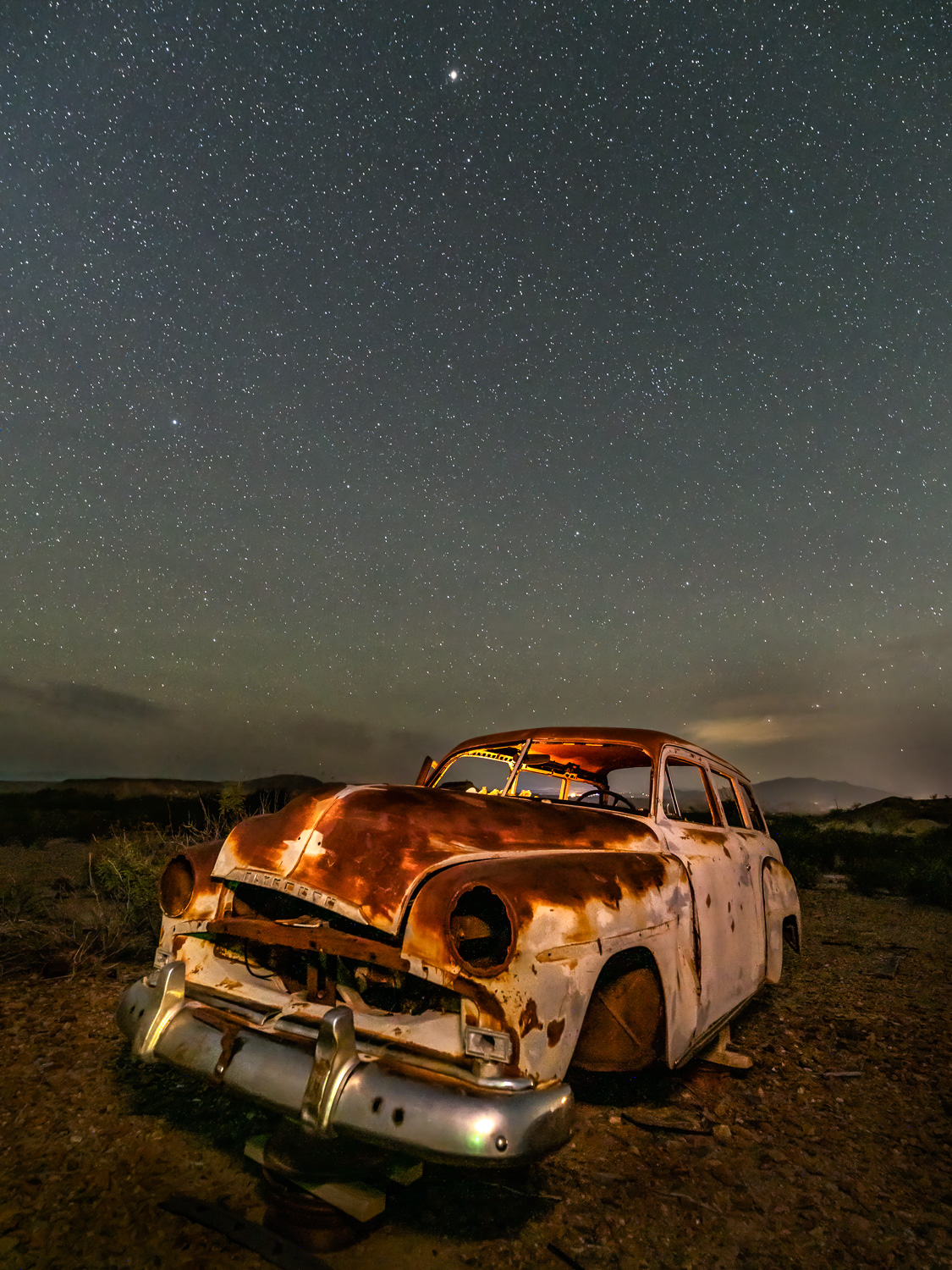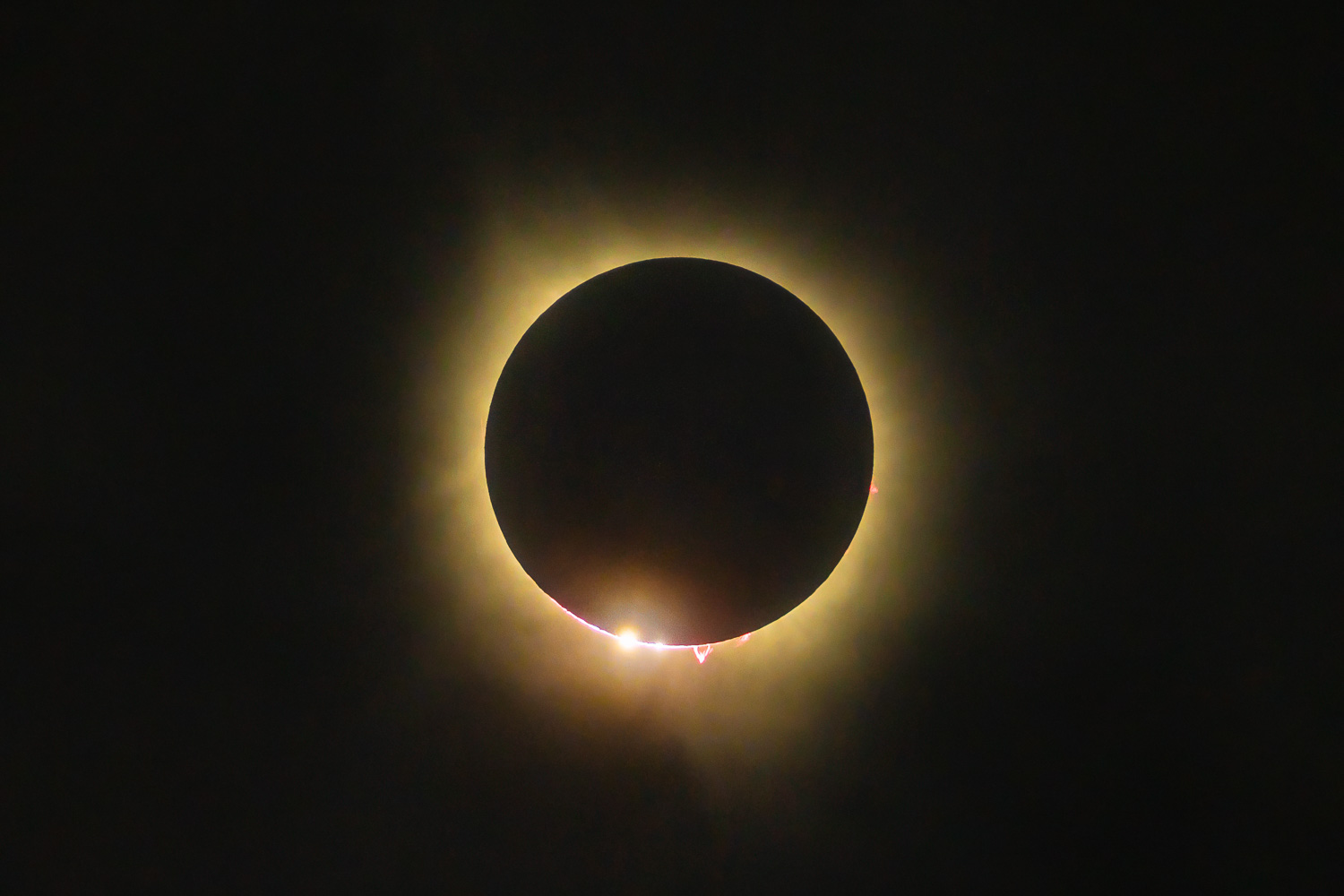Film speed is the measure of a photographic film’s sensitivity to light, determined by sensitometry and measured on various numerical scales, the most recent being the ISO system. A closely related ISO system is used to measure the sensitivity of digital imaging systems.
Some films are more sensitive to light than others. You may have heard the term “High-Speed Films” from time to time. This is a film that is extremely sensitive to light and can be used in very low-light settings. Most film is relatively sensitive and is intended for use in daylight or indoors. The lower the sensitivity the more light it requires. The higher the sensitivity, the less light it needs to form an image. But, there are tradeoffs. Higher-speed films have the advantage of faster shutter speeds but there is a tradeoff. The tradeoff is a grainy photo. This is true for both film and digital technology except in digital terms it’s called sensor noise. Slower-speed films have less grain (digital noise) but the tradeoff is slower shutter speeds. Photographers must choose the right aperture, shutter speed, and ISO settings to produce the ideal exposure given the conditions presented to them at the time (e.g. indoor sports photography vs. landscape photography).
Photographers typically set their cameras to 100 ISO. This is where I have mine 90% of the time. Then, I adjust up or down. Milky Way photography is somewhere between 1600 and 3200 ISO. Indoor photography is somewhere between 400 and 800 ISO depending on the lighting. Rarely do I use anything above 3200.
In digital photography, ISO is very camera dependent as different cameras have different sensor technology. Although technology has greatly improved, it’s important to understand which sensor is in the camera you are about to buy. All the other features mean nothing if the sensor is not a good one.
 Also see: Aperture and Shutter Speed.
Also see: Aperture and Shutter Speed.


